5. Marlene Dietrich – Josef von Sternberg (1930 – 1935)
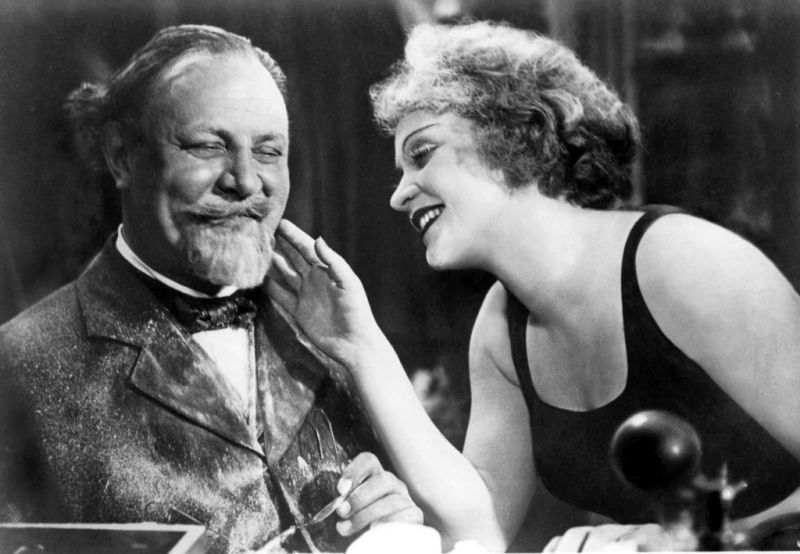
Spanning two languages and two countries pre-World War II, Marlene Dietrich and Josef von Sternberg changed up the game of filmmaking with their sensual, erotic, chiaroscuro, and provocative films in early Germany and Hollywood. Both of these artists came to promise together and certainly didn’t disappoint for the years to come.
Von Sternberg had an obsession with Dietrich’s rich mysterious beauty that could enshrine or wither a film goer; the big difference is that he noticed this first and brought it out to the world. Starting in their native Germany with “The Blue Angel” and quickly coming to America with the rise of Nazism, they created “Shanghai Express” to “The Scarlet Empress.”
Von Sternberg sums up his love for Dietrich in his 1965 autobiography Fun in a Chinese Laundry showing how Dietrich brought out the best eye for him and allowed to him to express what he wanted to with the motion picture camera. In terms of Dietrich, a force of her own, she played the characteristics of both men and women in their films together and still inspires actors today.
Here is a relationship where both had experience with film and theater before meeting, but truly were allowed to flourish after starting their collaboration together. And ever since, for only a short six years, he got some outstanding and lasting films.
4. Liv Ullmann – Ingmar Bergman (1966 – 2003)
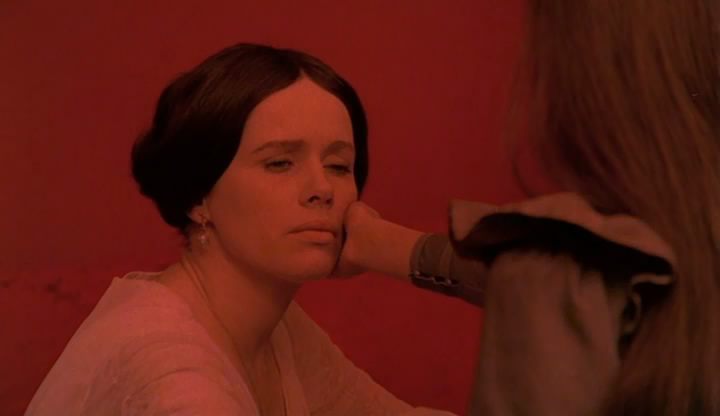
Ingrid Thulin, Bibi Andersson, Harriet Anderson, and countless wives were in the life of Ingmar Bergman. However it was the first interaction between Bergman and Ullmann, introduced by Andersson, nonetheless, that sparked one of the greatest director and muse relationship ever. Their personal relationship started in 1965 on the set of “Persona” while both still married and ended in 1970 with one child. However, Bergman and Ullmann worked together as director/actress, writer/director, and father and mother until his end.
From “Shame” and “The Passion of Anna” while they were together, to “Cries and Whispers” to “Saraband” post-separation, she continually brought out the best in him and him to her. The elegance and angelic presence of Ullmann can shift to downright gritty harsh realism in their films. Bergman never shied away from the use of his personal life to tell stories and Ullmann never backed away either.
What made their relationship so enduring? How could she work with him after such a horrible breakup? Was it their child together? Was it that their work is some of the most vivid works of film art in history? We don’t know, but we can definitely wonder and appreciate it.
Ullmann has spoken outwardly in interviews and several documentaries as Bergman has been more reserved but still somewhat honest, especially toward the end of his life. Their respect and admiration for one another, personal and impersonal, is inspiring alone.
3. Hanna Schygulla – R.W. Fassbinder (1969 – 1981)
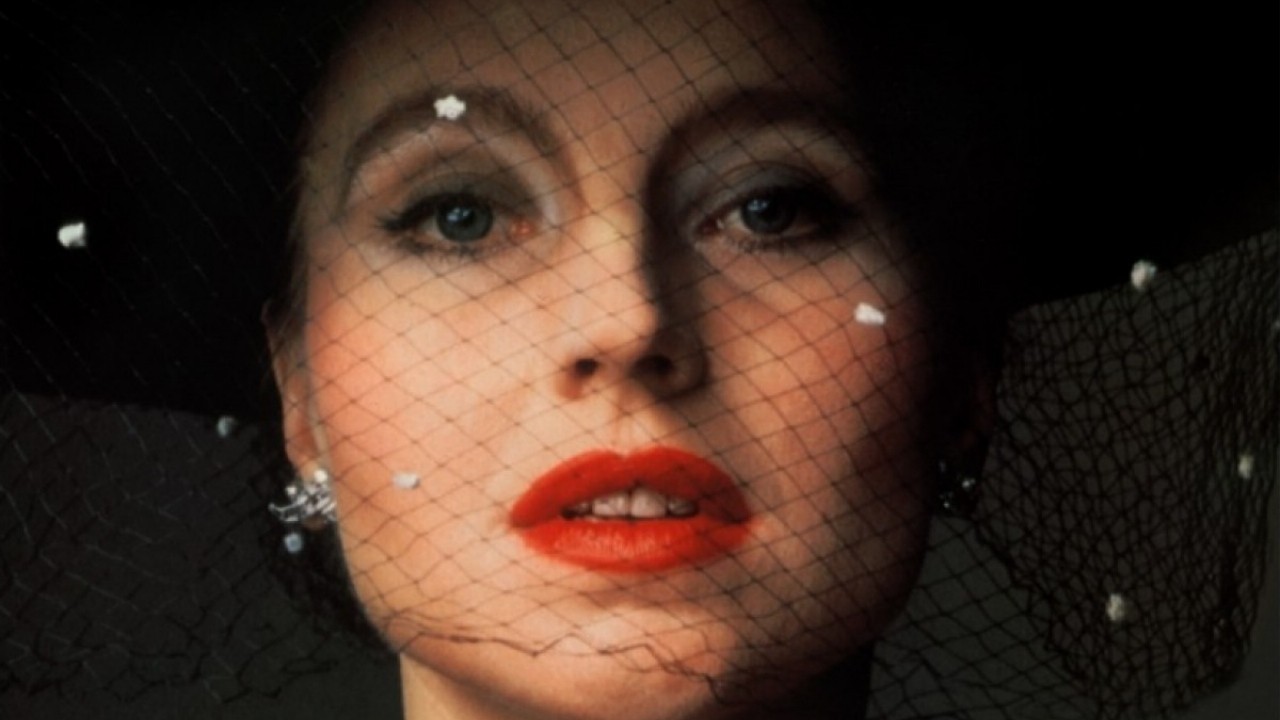
Beginning with “Love Is Colder Than Death,” the first feature film for both Schygulla and Fassbinder, they were off to the races. Due to the drug-fueled sleepless creativity of Fassbinder, he wanted to work with people that inspired him and able to make great films in which he was one of the re-inventors of West German cinema.
Though the relationship was never sexual due to Fassbinder being married and having relationships with other men, including his co-stars, it was always Schygulla that brought out something unique in him. In a highly visualized adaptation of “Effi Briest,” the two had a falling out due to the characters and some off-screen drama regarding wages. However, sometimes a relationship must be broken in order to reach new heights of love, comfort, and understanding.
It wasn’t until five years later that they created the first international breakthrough and classic film “The Marriage of Maria Braun” beginning the BRD Trilogy and the increase of recognition for both their works.
We don’t fully appreciate the collaboration between these two German icons, maybe because no off-screen romance was there, but in this case, who cares? These two artists managed to take a film made in nine days to reinvent a country’s cinema industry and artistry, until Fassbinder’s death in 1982.
2. Diane Keaton – Woody Allen (1971 – 1993)
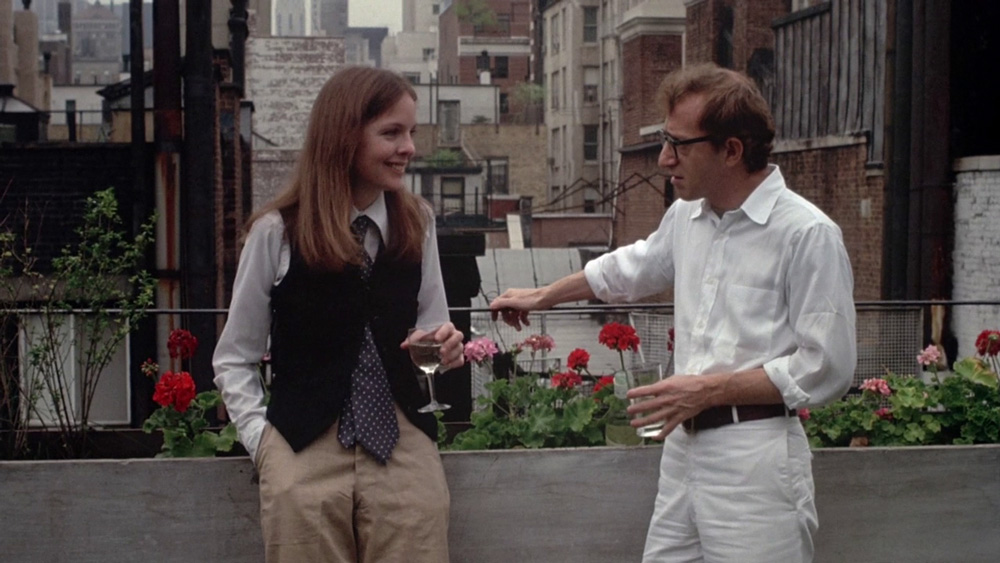
Say what you want about the separation between the artist and their art, Woody Allen and Diane Keaton both bolstered long professional and personal careers. Yes, Keaton was in a relationship with Allen in the 1970s when they created “Annie Hall,” “Love and Death” and “Interiors.” But she continued to inspire him; even when Mia Farrow became Allen’s muse, Keaton showed up in “Radio Days” because despite much of their work ending, their love for one another never stopped.
Keaton brought the best out of Allen and Allen brought the best out of Keaton. Can a line of ‘La-di-da-la-di-da-la-la’ come off as so awkward, romantic, witty and tenderly as with these two? Probably not. Even after the work with Farrow, they were an onscreen couple again in “Manhattan Murder Mystery,” and Allen originally started writing “Manhattan” when they were together.
Who knows how the inspiration came about? Maybe it was Keaton being covered up all the time, or Allen’s one-liners to bring out her charm and heart. It just shows how a love affair and a longstanding friendly relationship can lead to great work on the screen.
1. Jean-Luc Godard and Anna Karina (1961 – 1967)
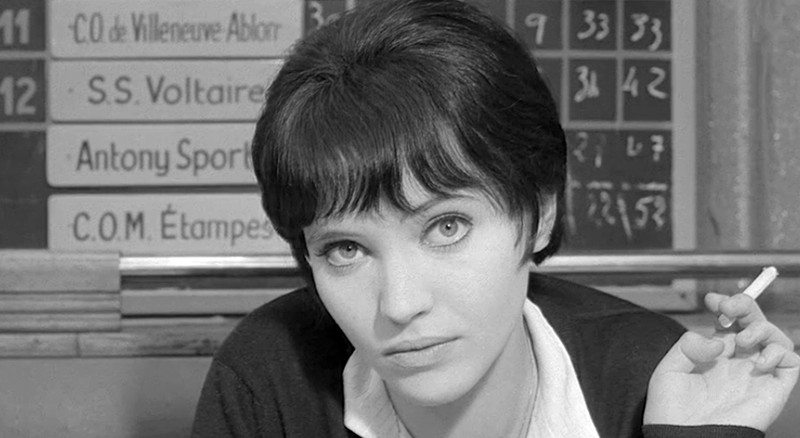
Anna Karina and Jean-Luc Godard were some of the poster faces of the French New Wave. Godard created some of his most prolific films with Karina such as “Band of Outsiders,” “Alphaville,” and “Vivre sa Vie.” Despite eight of their works being influential for future filmmakers and being the most well-known films in both of their filmographies, their romance was a whirlwind.
Godard, being almost 10 years older than Karina, embarked on a romance that ultimately ended in divorce. Karina has spoken outwardly out the relationship, ranging from first love to a suicide attempt. After a failed pregnancy where she only came out of her clinic to shoot “Band of Outsiders” because Godard was concentrating on his next film, not her, there were conclusions.
If that doesn’t sum up some of the relationship, then there are plenty of stories as well, ranging from Godard disappearing for three weeks while Karina waited, or sometimes overly harsh direction to her on set. However, maybe this affair and separation allowed Godard to burst with creativity.
Regardless of how Godard and Karina loved and hated each other from the early to mid-60s, we wouldn’t have several staples of the La Nouvelle Vague, which means cinema in general.